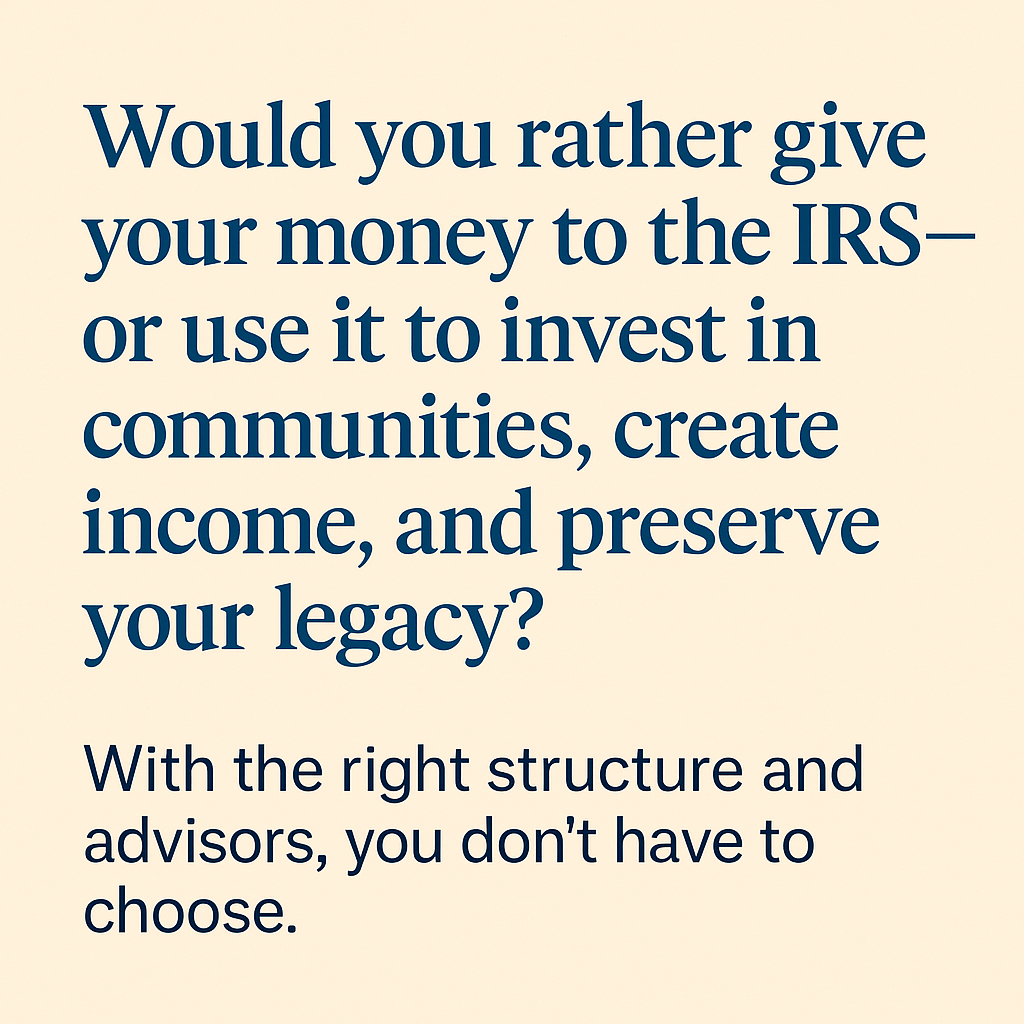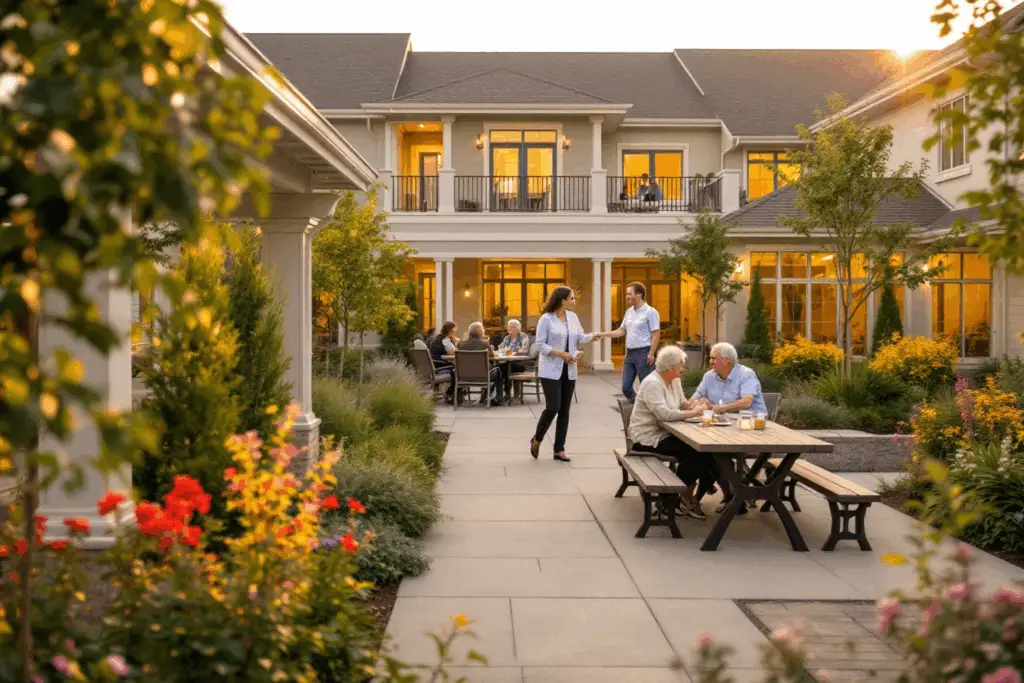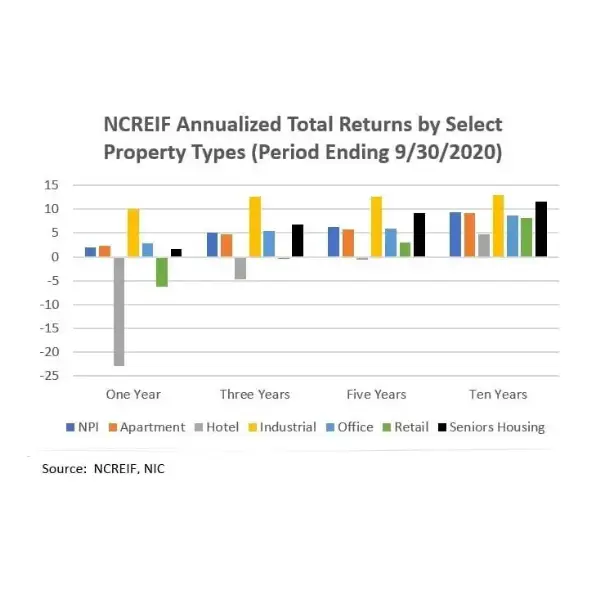Executive Summary
The U.S. senior living market is undergoing rapid evolution, driven by demographic shifts, economic factors, and changing consumer expectations. As the baby boomer generation transitions into retirement, the demand for diverse senior housing options is increasing. The market is expected to expand significantly, offering both challenges and opportunities for investors, developers, and service providers. This white paper provides a comprehensive analysis of current trends, challenges, and opportunities shaping the future of senior living.
Market Overview
Market Size and Growth
The U.S. senior living market was valued at $923.20 billion in 2023 and is projected to grow at a CAGR of 4.16%, reaching approximately $1.22 trillion by 2030.
The senior population (65+) in the U.S. currently stands at 62 million (18% of the total population). By 2054, this number is expected to rise to 84 million, making up 23% of the total population.
By 2030, one in every five Americans will be 65 years or older.
The number of Americans aged 85+ will more than double from 6.7 million in 2020 to nearly 14.4 million in 2040.
Occupancy and Demand Trends
Occupancy rates for senior living communities reached 87.2% in Q4 2024, marking the 13th consecutive quarter of increase.
Assisted living facilities have experienced higher occupancy growth compared to independent living, with a 2.8% increase in 2024 compared to the previous year.
Demand for memory care units has increased by 5.2% in 2024, reflecting the growing prevalence of Alzheimer’s and dementia-related illnesses.
Key Trends Shaping the Senior Living Market
1. Rise in Luxury Senior Living
High-net-worth individuals are driving luxury senior living communities, where initial fees range from $1.17 million to $7.3 million and monthly fees reach up to $13,800.
Many of these communities maintain multi-year waiting lists, signaling strong demand among affluent seniors.
2. Aging-in-Place vs. Senior Living Communities
77% of seniors prefer to age in place, while 23% actively seek senior living communities for social engagement and healthcare services.
Home modification spending for aging in place is projected to reach $151 billion by 2030, indicating a significant alternative to traditional senior housing.
3. Technological Innovations in Senior Living
The telehealth market for senior care is expected to grow to $14.5 billion by 2028, improving access to healthcare services.
Smart home technology adoption in senior housing has increased by 45% in the past three years, incorporating voice-activated assistants, fall detection, and remote monitoring.
4. Middle-Market Affordability Crisis
54% of middle-income seniors will not be able to afford assisted living by 2033.
The annual cost of assisted living averages $54,000, while only 46% of seniors have long-term care insurance to cover these expenses.
Affordability gaps are leading to increased demand for co-housing models and home-sharing services among retirees.
Challenges Facing the Senior Living Industry
1. Labor Shortages and Rising Wages
The senior living sector faces a 20% shortage in skilled caregivers, creating increased labor costs.
Wages for caregivers have risen by 8.5% annually, putting financial pressure on operators.
By 2030, the industry will need an additional 1.2 million direct care workers to meet demand.
2. Construction Costs and Supply Constraints
The number of new senior living units under construction in Q4 2024 was 22,000, the lowest level since 2014.
Construction costs have increased by 28% since 2020, delaying many new projects.
Repurposing commercial real estate (such as converting hotels and offices into senior housing) has increased by 32% as a cost-effective solution.
3. Healthcare Integration and Rising Medical Costs
Seniors aged 65+ spend an average of $7,030 annually on healthcare expenses, a 21% increase since 2015.
Senior living communities are increasingly partnering with Medicare Advantage programs to integrate primary care and reduce out-of-pocket costs.
Opportunities for Growth
1. Expansion of Middle-Market Housing
Affordable senior housing for middle-income seniors presents a $415 billion investment opportunity over the next decade.
Developing rental-based senior communities can help bridge the affordability gap.
2. Adaptive Reuse and Mixed-Use Development
The adaptive reuse market for senior housing is expected to grow 35% by 2030, as developers convert hotels, offices, and malls into senior-friendly residences.
Mixed-use senior communities are incorporating retail, restaurants, and wellness centers, creating intergenerational living spaces.
3. Growth in Home-Based Care Models
The home care industry is projected to reach $225 billion by 2035, offering an alternative for seniors who wish to age at home.
Technology-driven home care services, including remote patient monitoring and AI-assisted caregiving, are expanding rapidly.
4. Wellness and Lifestyle-Oriented Senior Living
Wellness-focused senior communities are on the rise, offering fitness centers, holistic healthcare, and wellness-based programming.
Senior travel and experience-based living are expected to grow by 47% over the next decade, with retirees seeking active and community-driven lifestyles.
Conclusion
The U.S. senior living market is experiencing unprecedented transformation, fueled by demographic changes, shifting preferences, and economic pressures. While challenges such as affordability, labor shortages, and construction constraints persist, significant opportunities exist for growth in middle-market housing, technology-driven care, and innovative housing models.
To remain competitive, investors and operators must embrace affordable senior housing models, integrate technology, and offer experience-driven living options to meet the evolving needs of the aging population.
Key Takeaways
- Market Growth: The senior living market is expected to reach $1.22 trillion by 2030.
- Aging Population: The number of adults aged 65+ will reach 84 million by 2054.
- Occupancy Rates: Senior housing occupancy has increased to 87.2% in Q4 2024.
- Affordability Issues: 54% of middle-income seniors will not be able to afford assisted living by 2033.
- Workforce Challenges: The industry needs 1.2 million additional caregivers by 2030.
- New Investment Opportunities: Middle-market housing, adaptive reuse, and home-based care models present major growth areas.
By leveraging innovation, community-driven development, and wellness-focused approaches, the senior living industry can continue to grow and meet the needs of the aging population.











